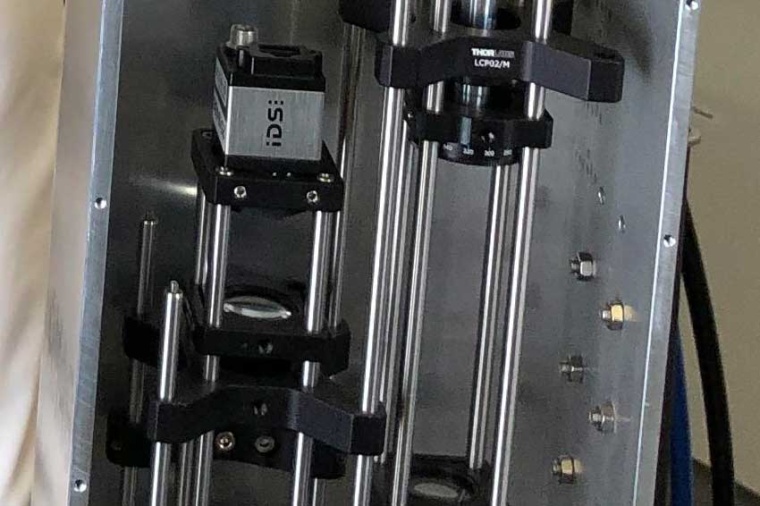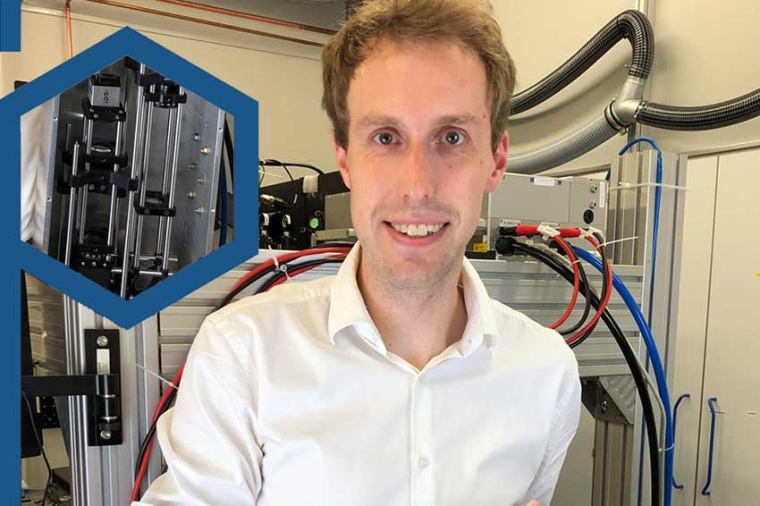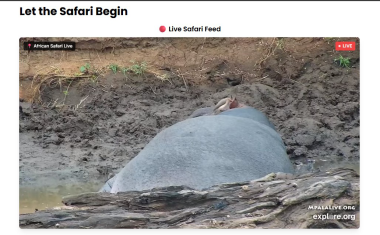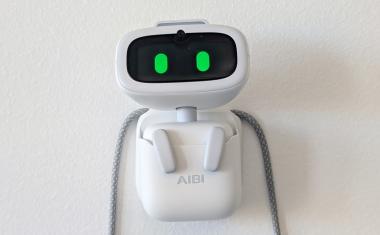Prototype in-line monitoring system for laser surface structuring
The system allows monitoring of the process stability involved in laser structuring for the design of a new range of functionalized surfaces such as easy to clean finishes for ovens, fridges, and other home appliances.
The significance of this new prototype lies in the fact that, until now, a main difficulty in microstructuring using the direct laser interference patterning (DLIP) method has been detecting deviations in the obtained topography of the surfaces. However, with LAMpAS’ prototype in-line monitoring system, a solution is at hand. It works by examining the light that is reflected from the laser-treated area using Fourier analysis. This is performed by using a low-power laser diode to illuminate the processed surface and a camera to collect the pattern reflected from the surface. The recorded image is then analyzed by an algorithm, which is able to reveal changes in the shape and brightness of the reflected pattern. The upshot is that subtle deviations in the produced topography during the fabrication process can be detected and crucial information about the manufacturing process can be provided to the user.


The prototype consists of a custom designed hardware with an easy-to-use software and during the product development, special focus was given to achieve a compact and robust device. In the next steps, the researchers of the Technische Universität Dresden will focus on the final implementation and validation in real industrial manufacturing platforms.
LAMpAS was set up in 2019 with a grant of 5.1 million euros under the EU’s Horizon 2020 program. The aim of this project is to develop the potential of laser structuring and to bring the technology to industrial levels at affordable costs. It aims at the design of newly functionalized surfaces by enhancing the efficiency, flexibility and productivity of processes based on the development of a high power ultrashort-pulsed laser system together with advanced optical concepts for high-throughput materials processing.
Further reading: Liliana Cangueiro, David Bruneel (both: Lasea), Thomas Kiedrowski (Bosch), Nikolai Schroeder, Andrés Fabián Lasagni (both: Technical University of Dresden), J. A. Ramos-de-Campos (Lasea): Heat accumulation in metals under femtosecond irradiation: simulation and experimentation – Research on predicting the quality of laser processing of metals using femtosecond lasers for industrial purposes, PhotonicsViews 18(5) October/
Company
European Photonics Industry Consortium EPIC17 Rue Hamelin
75016 Paris
France
most read

There’s a Large Hippo Resting in the Mud
Virtual Video Safaris for Blind and Visually Impaired People


SPS 2025: Cautious optimism in automation
A picture of the mood of the German economy






